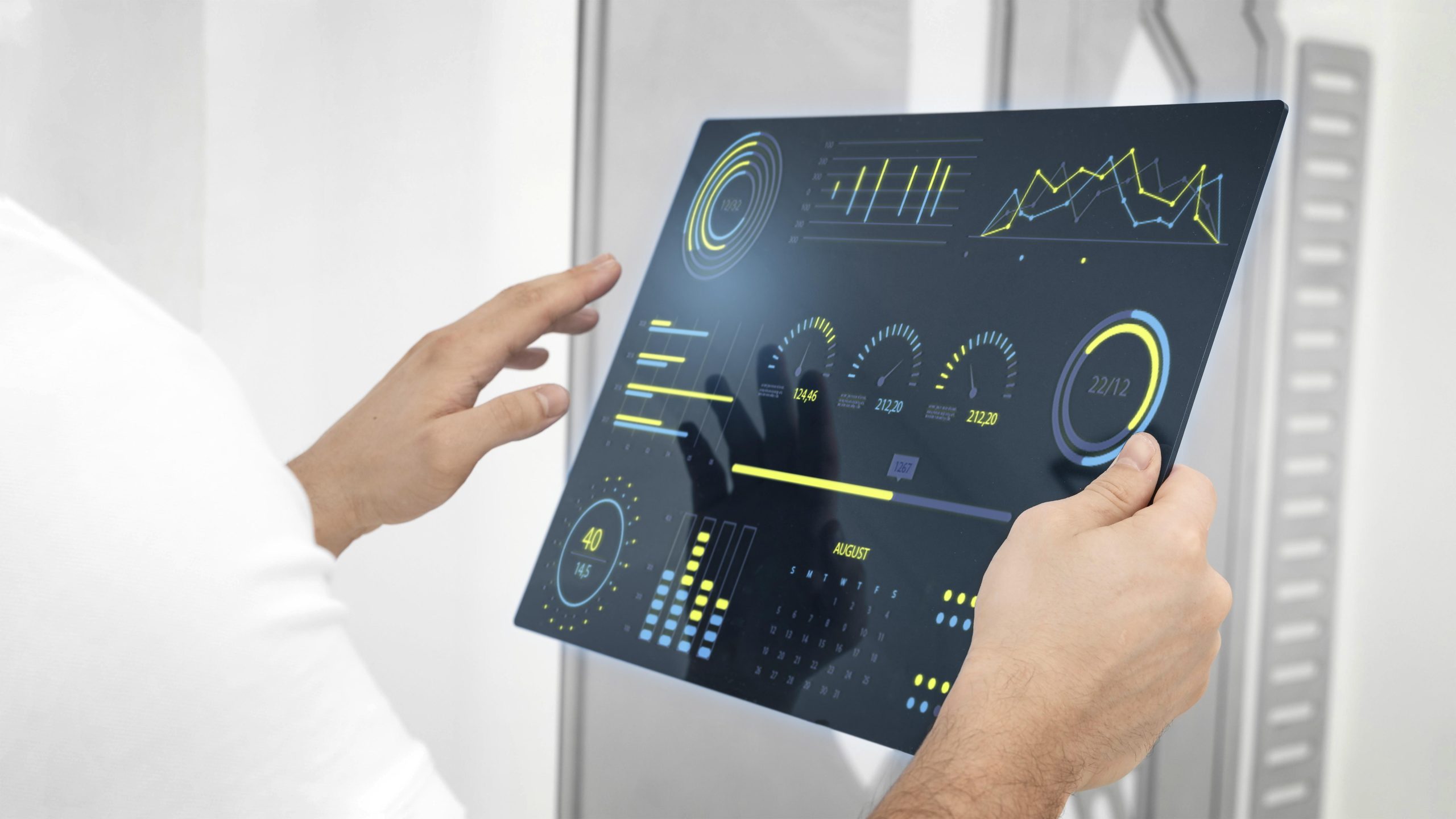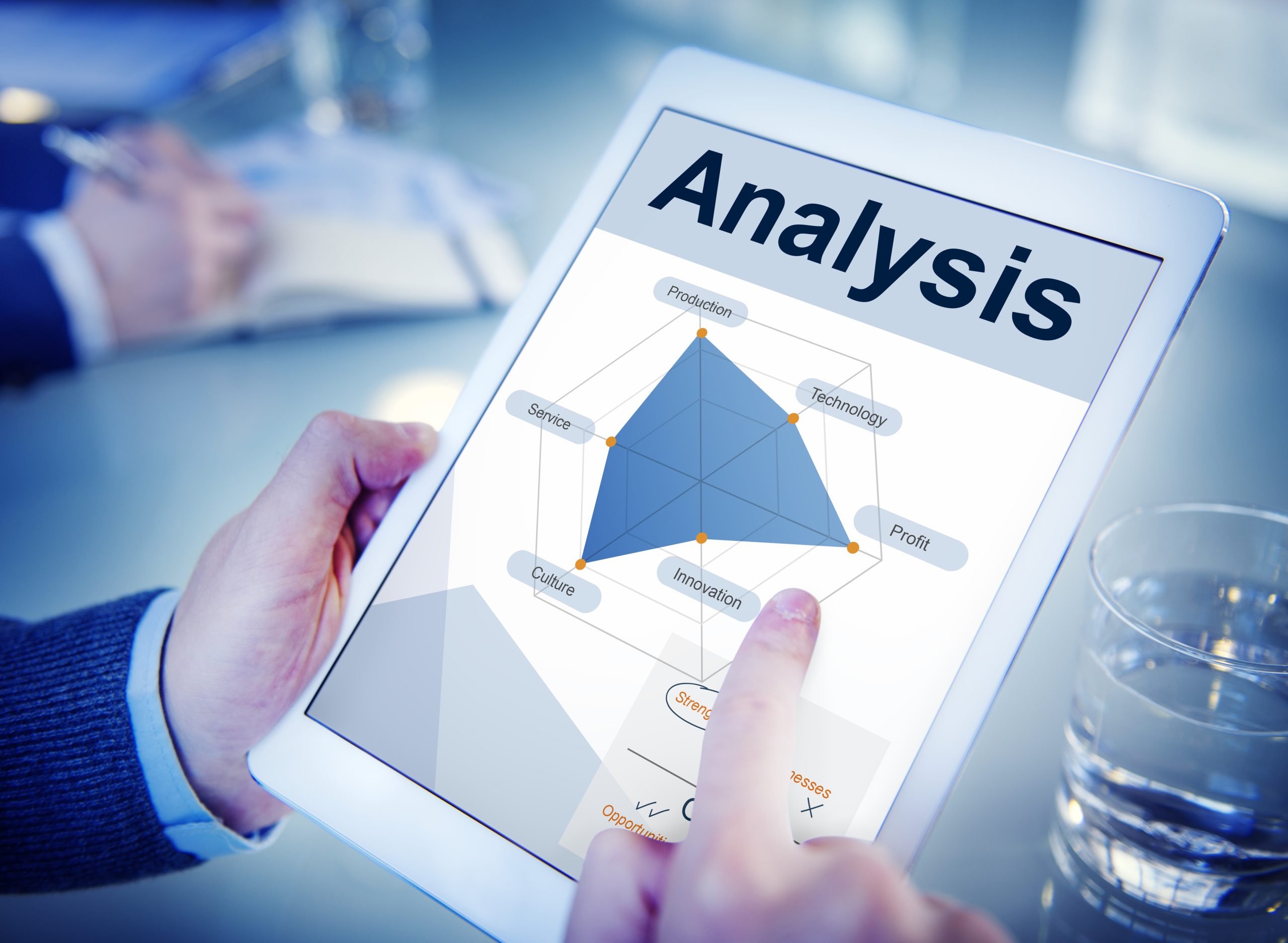Introduction:
Data visualization has turned into a necessary piece of business knowledge, permitting businesses to acquire significant experiences from their information quicker and more precisely than at any time in recent memory. With data visualization tools, businesses can rapidly distinguish patterns and examples in their information that can be utilized to illuminate vital choices. Here, we will investigate the various sorts of data visualization tools and how to utilize them to transform information into noteworthy bits of knowledge.
Industry Overview:
Data visualization has filled in ubiquity throughout the course of recent years as businesses have understood the capability of opening bits of knowledge from their information. Data visualization devices empower businesses to rapidly and effectively envision their information in a manner that is both straightforward and tastefully satisfying. By utilizing data visualization, businesses can recognize patterns and examples in their information that can be utilized to illuminate vital choices.
What is Data Visualization?
Data visualization is the most common way of changing over information into visual portrayals like diagrams, charts, and guides. The objective of data visualization is to make complex information more clear and deciphering. data visualization can be utilized to distinguish patterns, examples, and anomalies in the information that can be utilized to illuminate direction.
Benefits of Data Visualization
Data visualization has various advantages for businesses. By utilizing data visualization tools, businesses can acquire a more profound comprehension of their information, distinguish patterns and exceptions, and pursue informed choices. Data visualization can likewise be utilized to convey complex information in a more open manner, permitting partners to comprehend key bits of knowledge rapidly.
Types of Data Visualization
Data visualization can come in many structures, including diagrams, charts, and guides. The sort of data visualization utilized will rely upon the kind of information being envisioned. For instance, bar outlines are frequently used to envision quantitative information, while line diagrams are frequently used to picture time series information.
Popular Data Visualization Tools
There are numerous data visualization devices accessible, going from free and open source tools to further developed and expensive venture arrangements. Probably the most famous data visualization tools incorporate Scene, Power BI, and QlikView.
How to Use Data Visualization
Data visualization can be utilized to distinguish patterns and examples in the information that can be utilized to illuminate navigation. Data visualization can likewise be utilized to convey complex information in a more open manner, permitting partners to comprehend key bits of knowledge rapidly.
Best Practices for Data Visualization
While making data visualizations, it is critical to remember best practices like utilizing a steady variety range, picking the right diagram type, and marking tomahawks. It is likewise critical to guarantee that the information being pictured is precise and forward-thinking.
Data Storytelling
Data storytelling is the method involved with utilizing data visualizations to recount a story. By utilizing data visualizations, businesses can impart complex information in a really captivating and open manner that permits partners to comprehend key bits of knowledge rapidly.
Data Visualization in Business Intelligence
Data visualization is a basic piece of business knowledge, permitting businesses to rapidly and effectively distinguish patterns and examples in their information that can be utilized to illuminate navigation. By utilizing data visualization tools, businesses can acquire a more profound comprehension of their information and settle on informed choices.
Challenges of Data Visualization
Data visualization can be trying for businesses, particularly individuals who are new to the interaction. It is critical to guarantee that the information being imagined is exact and modern and to remember best practices like utilizing a reliable variety range and naming tomahawks.
Data Visualization Trends
Data visualization is continually advancing as new tools and advancements are created. Probably the latest patterns in data visualization include intelligent perceptions, natural language processing (NLP), and expanded examination.
Key Takeaways:
- Data visualization is the method involved with changing over information into visual portrayals like diagrams, charts, and guides.
- Data visualization can be utilized to distinguish patterns and examples in the information that can be utilized to illuminate navigation.
- Data visualization tools range from free and open-source devices to further developed and expensive venture arrangements.
Frequently Asked Questions
1. What is data visualization?
Data visualization is the process of converting data into visual representations such as charts, graphs, and maps. The goal of data visualization is to make complex data easier to understand and interpret.
2. What are the benefits of data visualization?
Data visualization has numerous benefits for businesses. By leveraging data visualization tools, businesses can gain a deeper understanding of their data, identify trends and outliers, and make informed decisions. Data visualization can also be used to communicate complex data in a more accessible way, allowing stakeholders to quickly understand key insights.
3. What are the different types of data visualization?
Data visualization can come in many forms, including charts, graphs, and maps. The type of data visualization used will depend on the type of data being visualized. For example, bar charts are often used to visualize quantitative data, while line graphs are often used to visualize time series data.
4. What are some popular data visualization tools?
Some of the most popular data visualization tools include Tableau, Power BI, and QlikView.
5. What are the trends in data visualization?
Some of the most recent trends in data visualization include interactive visualizations, natural language processing (NLP), and augmented analytics.





